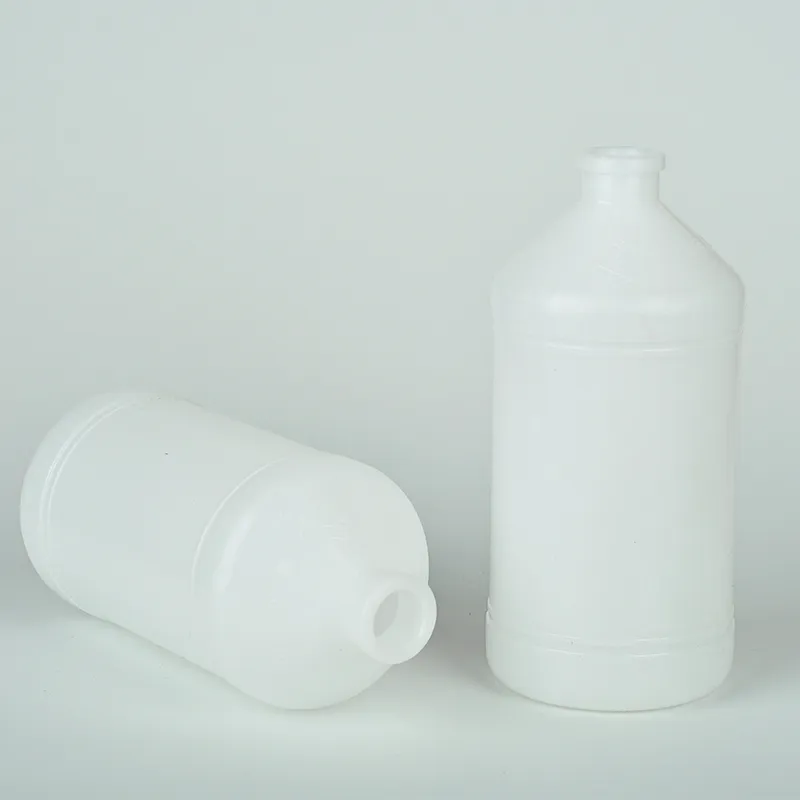Exploring the Applications and Advantages of 35mm Tissue Culture Dishes in Cellular Research
The Role of 35mm Tissue Culture Dishes in Modern Biological Research
Tissue culture is a fundamental technique in biological and medical research, allowing scientists to study cells in a controlled environment. Among the myriad of tools and materials employed in this domain, the 35mm tissue culture dish has emerged as a standard choice for a variety of applications, from cell growth and differentiation to drug testing and genetic modification.
Introduction to Tissue Culture Dishes
A tissue culture dish is typically made of polystyrene and comes in various sizes. The 35mm dish is particularly popular because it strikes a balance between providing enough surface area for cell growth while also being manageable in size. These dishes are designed to support the attachment and growth of adherent cell types, which require a solid surface. Their shallow design allows for easy access by researchers and ensures efficient gas exchange, an essential factor for optimal cell growth.
Applications in Research
The versatility of the 35mm tissue culture dish makes it ideal for numerous applications. In biochemical laboratories, they are routinely used for culturing mammalian cells, including fibroblasts, epithelial cells, and a variety of other cell lines. Researchers use these dishes to investigate cellular responses to different stimuli, including growth factors and pharmaceutical compounds. By observing cellular behavior in a controlled environment, scientists can glean insights into various biological processes, such as cellular signaling, gene expression, and even cancer metastasis.
35mm tissue culture dish

One of the critical advantages of the 35mm dish is its compatibility with different types of assays. For example, researchers can easily perform assays such as cell viability, proliferation, and cytotoxicity tests. These experiments are essential for drug development, as they help ascertain the effects of new compounds on specific cell types. The dish’s size also allows for the simultaneous cultivation of multiple cell types or conditions, facilitating comparative studies that are essential for robust scientific conclusions.
Customization and Innovations
Modern advancements in cell culture technology have led to innovations in tissue culture dishes. While traditional 35mm dishes provide a flat surface for cell attachment, specialized coatings can enhance cell attachment and growth, simulating in vivo conditions more closely. For instance, dishes coated with extracellular matrix proteins, such as collagen or fibronectin, can promote the adhesion and proliferation of specific cell types, leading to more accurate experimental outcomes.
Moreover, the integration of microfluidic technologies with tissue culture dishes is revolutionizing the field. Researchers are developing microfabricated surfaces within the 35mm dishes that allow for high-throughput screening and the analysis of cell behavior in response to spatial gradients of chemicals or nutrients. These advancements pave the way for more sophisticated experiments that can mimic the complexities of living organisms.
Conclusion
The 35mm tissue culture dish has become a staple in laboratories pursuing cellular and molecular biology research. Its size, functionality, and adaptability make it ideally suited for a vast array of experimental setups. As the fields of biotechnology and pharmaceuticals continue to evolve, the role of tissue culture dishes will only expand, further contributing to our understanding of biology and the development of new therapies. The ongoing innovations in this area promise to enhance the capabilities of researchers, making the once-simple 35mm dish a crucial element in the cutting-edge discoveries of tomorrow.
-
Aesthetic Makeup Spray Bottles | Fine Mist Empty RefillableNewsAug.19,2025
-
White Plastic Veterinary Vaccine Vials | Lab Liquid BottlesNewsAug.18,2025
-
Plastic Medicine Liquid Bottle: Secure Flip Top Drug VialsNewsAug.17,2025
-
Durable 250ml Blue Plastic Vaccine Vial for Lab & Vet UseNewsAug.16,2025
-
Sterile Virus Sample Tubes: Secure & Reliable Specimen CollectionNewsAug.15,2025
-
White 250ml Plastic Vaccine Vial for Lab & Vet MedicineNewsAug.14,2025
























